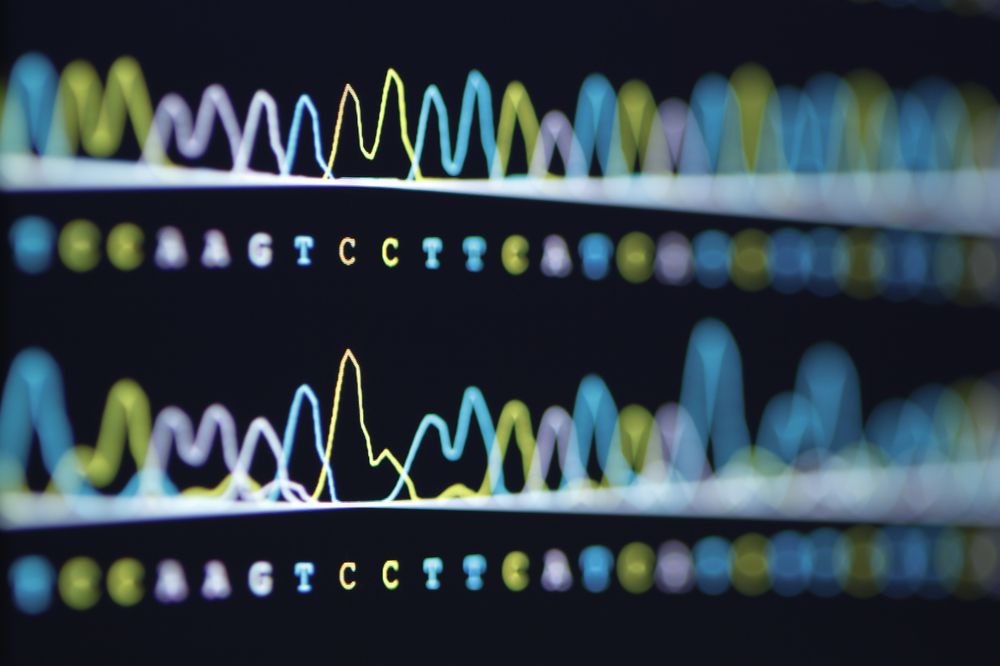Findings #2
Welcome back to the second edition of Findings. A short collection of interesting things I found last week. If you found this interesting, consider subscribing.
From around the web
The first article for this week is a post from a patient undergoing a clinical trial for a new device to treat Parkinson's. I think the technology is amazing but what I liked about this, in particular, was that it was a patient story. I think Benjamin provides a unique look at how the device changes his day to day while also being honest about the limitations.
There are lots of clinical trials where patients can't really tell a story. It might be blinded so the patient doesn't know if they're on active treatment or there may be some other need to limit information. From the perspective of objective research, this makes sense but I wonder how much is lost in the secrecy.

In other health tech news, a team from the NIH has been working on mapping the last regions of the human genome. The 8% of the genome that was previously unmapped is primarily non-coding DNA, meaning it doesn't directly map to proteins. Nevertheless, the team thinks these regions of the human genome, typically called "junk DNA" may hold insights into disease.
Now naturally your DNA and mine are different unless you're a clone I don't know about. The "human genome" mentioned here is about creating a reference set of genetic data that can be used to study variation compared to other samples.
Whether it's redundancy, checksums or some other soon to be discovered function, I am sure we won't be calling it junk DNA for much longer.

From me
Last week I published "Little by little, then all at once" taking a look at how innovation seems to come from nowhere. Last week's release of DALL-E 2 coincided with one of these overnight step changes in technology.
Tom and I recorded a second podcast episode on Friday as well which you can check out. There is a short stint of my dog barking at shadows in the middle but we chopped that out.





